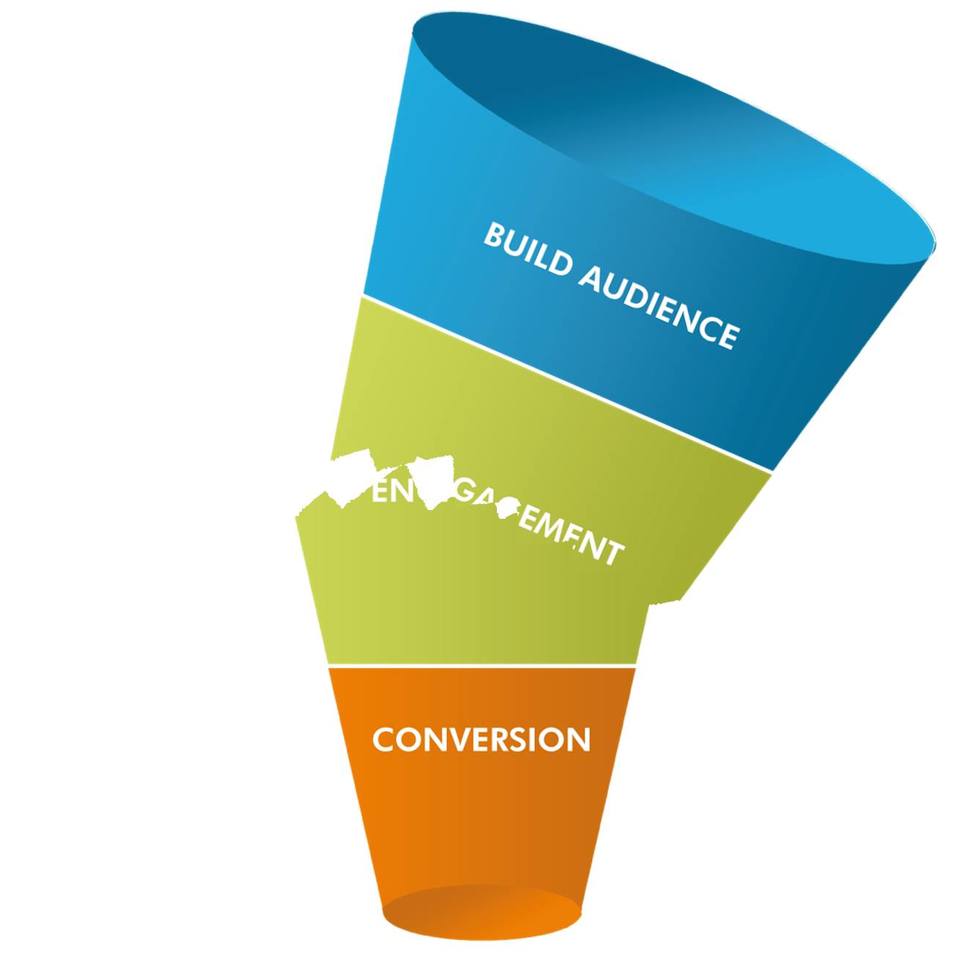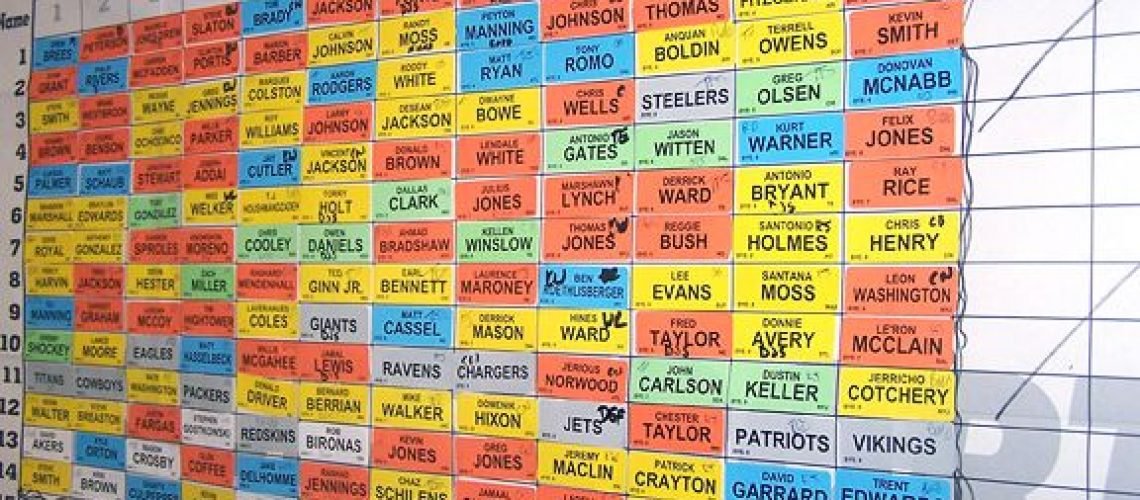
G.O.A.T.?
It would be tough to argue Bill Belichick is the greatest football coach of all time if there was never a Tom Brady. . .
Would Phil Jackson have won the most NBA championships in history without Michael Jordan?
Would Young Money Records still even exist if there was never a Lil Wayne?
Every strong leader knows that what truly differentiates their capabilities is their team.
They are focused on attracted the best talent and pushing them all towards one goal. . .
Have you ever heard of a professional sports team that’s main edge is to only recruit players 1-4 years out of college and hope they stay for an eternity?
Not every player is Michael Jordan, not every player is Stephen Curry.
There are Lebrons, Durants, and Shaqs everywhere… although they’re just as important!
The main focus is the IMPACT that these players can have on a team.
If they can keep them long term, even better.
But they’re only focused on one thing. . . the championship.
If we want to oversimplify, the leader is the brain, the team is the muscle.
Succeeding as a big brain with no muscle sounds realistic until a neanderthal comes along and clubs you on the head.
>> Don’t be out of balance <<
If your strategy works, you want your team to be as powerful as possible to truly send a ripple into the universe when you go to market.
Low effort recruiting. . .
will get you low effort results. .
with low effort new hires.
Do it right the first time, and every time, and you will completely change your career.
Follow this link to request a copy of Elite LBM Talent: The Blueprint (link) to learn exactly how to supercharge your talent acquisition to skyrocket your career.




 THE CORPORATE PYRAMID
THE CORPORATE PYRAMID

 RIDING THE TIDAL WAVE
RIDING THE TIDAL WAVE TOWN CRIERS VERSUS HEADHUNTERS
TOWN CRIERS VERSUS HEADHUNTERS








 MARKET SOURCING
MARKET SOURCING AUTOMATED OUTREACH
AUTOMATED OUTREACH GENERAL REPORTING
GENERAL REPORTING
 BACKDOOR REFERENCING
BACKDOOR REFERENCING COUNTEROFFER COACHING
COUNTEROFFER COACHING OFFER PRESENTATION
OFFER PRESENTATION